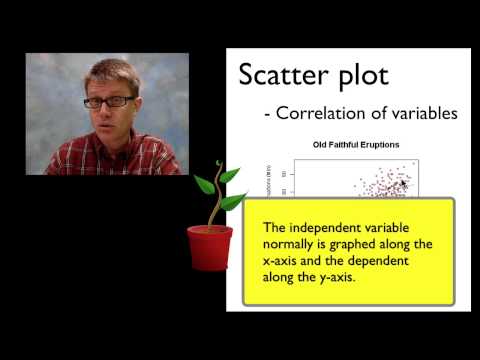3.15: Interpreting Results
- Page ID
- 43505
Gathering Data
After the experiment is completed, the data gathered are carefully interpreted. This involves the measurement of the dependent variable. In the case of our HPV experiment, remember, the dependent variable is the rate of HPV infection.
Practice Question
The researchers found that, of the 1,200 women in the control group, nine were infected with HPV at the end of the study. Of the 1,200 women in the experimental group, zero were infected with HPV. Does this result support the original hypothesis, that the HPV vaccine would reduce HPV infection?
[practice-area rows=”2″][/practice-area]
[reveal-answer q=”318356″]Show Answer[/reveal-answer]
[hidden-answer a=”318356″]The results demonstrate that fewer individuals who got the vaccine were infected with HPV when compared to the number of infected individuals who did not get the vaccine. This supports the hypothesis that the new vaccine protects against HPV.[/hidden-answer]
Significance
Although the HPV study suggests that the vaccine protects against infection by HPV, is the finding significant? In science, as in life, things can happen for many different reasons. A convincing study will rule out “luck” (random chance) as an explanation for the results. Strong results are said to be significant: very unlikely to occur by chance or random events.
Whether the outcome is significant often depends on the size of study; the larger the number of individuals enrolled, the more convincing the results are likely to be. For example, imagine only 10 women were enrolled in the study. In the control group, 2 in 5 of the women became infected. In the experimental group, 0 in 5 were infected. At first you might think this proves the vaccine’s effectiveness, but it is NOT a convincing or significant result. Why not? Random events could easily explain the difference between the groups. For example, perhaps none of the five women in the experimental group were sexually active over the study period. They therefore stood no chance of acquiring HPV. The vaccine might appear to work, but a skeptical reader could account for the results by proposing many other scenarios.
However, imagine if the same study were done with 10,000 women, and the infection rates were 2,000 of 5,000 in the control group and zero of 5,000 in the experimental group. Random events would be spread out among a very large group of people in this study; on average, the two big groups should have similar sexual behavior and other factors influencing infection rates. If there is a big difference at the end of the study, it is very unlikely that this result occurred by random chance.
Statistical analyses did support the significance of the HPV vaccine result.
Practice Question
Researchers reported significant results from the HPV vaccine experiment. If the results had NOT been significant, what would this mean?
[practice-area rows=”2″][/practice-area]
[reveal-answer q=”185159″]Show Answer[/reveal-answer]
[hidden-answer a=”185159″]If the results from this experiment were not significant, it would mean that the number of women who did not get HPV after being vaccinated was the same number that would be seen just from random chance.[/hidden-answer]
After the results are interpreted and conclusions are drawn, researchers often return to their work and begin asking further questions. In this way, scientific inquiry is a powerful tool for exploration.
Practice Question
What would be a good next question the HPV vaccine researchers may want to test? (More than one answer is correct.)
- At what age is this vaccine most effective (what age group should be vaccinated)?
- Does the HPV vaccine protect males as well as females?
- Does protecting against HPV protect against cancer?
- Should young girls be forced to get the vaccine against their parents’ wishes?
[reveal-answer q=”689643″]Show Answers[/reveal-answer]
[hidden-answer a=”689643″]
Questions a, b, anc c are the best questions. These questions are currently being studied.
Although question d is important and has generated a lot of political heat, it is not a scientific question. Scientists can predict what will happen if girls are or are not vaccinated, but cannot decide whether disease risk or parental authority is more important.
[/hidden-answer]
Graphing Data
Watch this ten-minute video about simple graphing:
You can view the transcript for “A Beginner’s Guide to Graphing Data” here (link opens in new window).
Contributors and Attributions
- Revision and adaptation. Authored by: Shelli Carter and Lumen Learning. Provided by: Lumen Learning. License: CC BY-NC-SA: Attribution-NonCommercial-ShareAlike
- Scientific Inquiry. Provided by: Open Learning Initiative. Located at: https://oli.cmu.edu/jcourse/workbook/activity/page?context=434a5c2680020ca6017c03488572e0f8. Project: Introduction to Biology (Open + Free). License: CC BY-NC-SA: Attribution-NonCommercial-ShareAlike
- A Beginner's Guide to Graphing Data. Authored by: Bozeman Science. Located at: https://youtu.be/9BkbYeTC6Mo. License: All Rights Reserved. License Terms: Standard YouTube License


